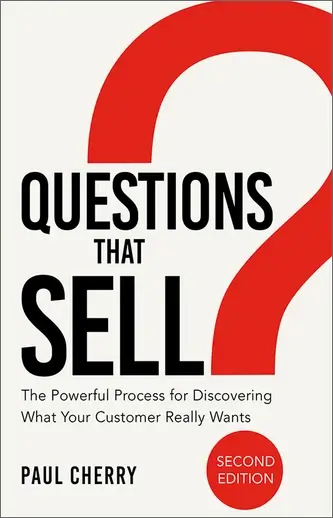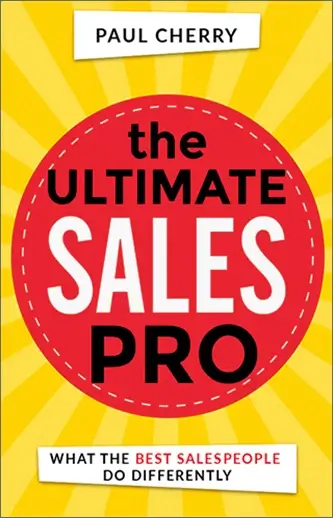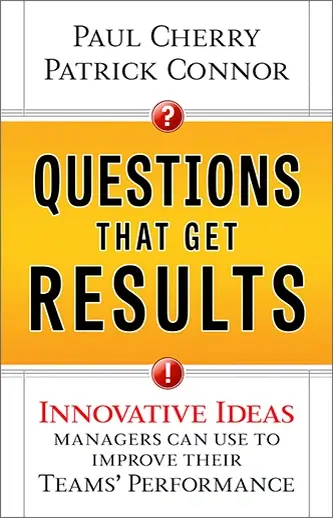Finding multiple contact relationships within your client company is a basic rule-of-thumb salespeople need to remember when managing accounts. You do not want to end up like Janet, who spent all of her time wooing the Director of Purchasing, David. After six weeks, Janet was ready to take over the final contract for David to sign, when she got the call that he had been fired. No one else at the company had any idea who Janet was, and anytime she called and mentioned David, the person on the other end of the line gave her the brush-off.
Even after winning a contract, you are still not immune to this problem. Once you have established a relationship with a buyer, you might be cautious about trying to build new relationships. It’s easy to think that you could step on your contact’s toes or offend him in some other way if you suggest meeting with others in the organization. As a result, you can start to feel locked into this relationship. Your fate is tied with his fate. If he is laid off or transferred, who will be your champion within the company? Moreover, if you fall out of his favor, you have no recourse, no one else to appeal to for help.
What do you do if your contact does not want to introduce you to other people? If this happens, you need to frame the request in a way that will appeal to your buyer. You can explain that you believe it’s important to get more insight into the organization’s evolving needs to ensure you are being attentive to them. In fact, you are looking to address potential problems well before they rear their ugly heads. This approach works because it shows you not only care about the buyer’s needs but also what’s important to the entire organization. As a result, you will make your contact feel important and he will gladly introduce you to others.
3 Action Steps for finding multiple contact relationships
- Start relationships early – Leverage your initial relationship with a buyer to dig deeper, broader and higher. It is not a matter of stepping on toes or invading other people’s turf, it is about making your contact look good and making sure you get as much feedback as possible.
- State your reason for wanting to meet others – Explain to your contact that everyone has a different perspective on the issues. Like a doctor, your prognosis is as only good as your diagnosis. You want to do your due diligence by discussing problems and solutions with a variety of departments such as: sales, marketing, purchasing, engineering, human resources, operations, and shipping.
- Sustain these relationships by being an advisor – Once you have made these contacts in different departments, it is up to you to keep the relationships afloat. You can do this by periodically providing research, tips, free resources, and other types of information to your various contacts. As a result, you are positioning yourself as a consultant and not a product peddler.






